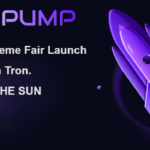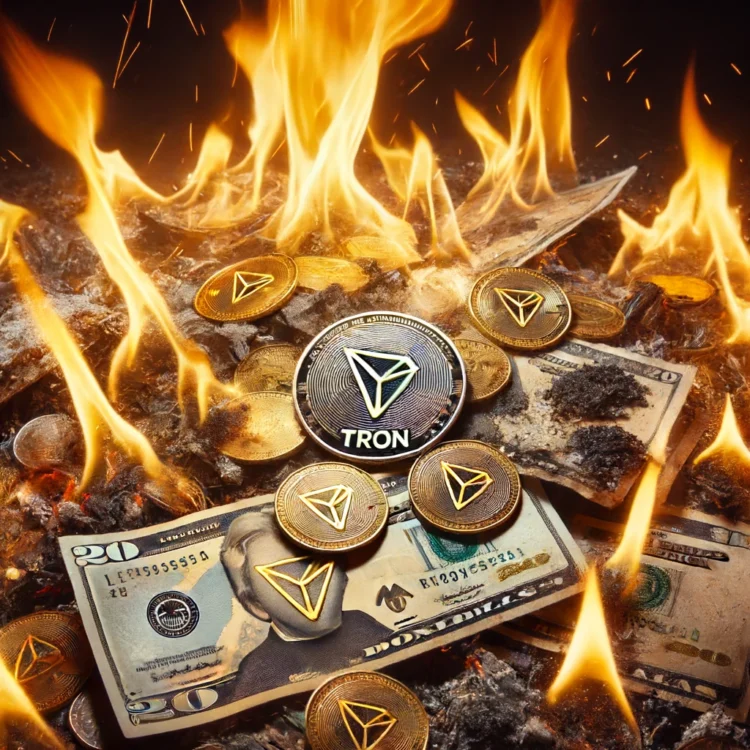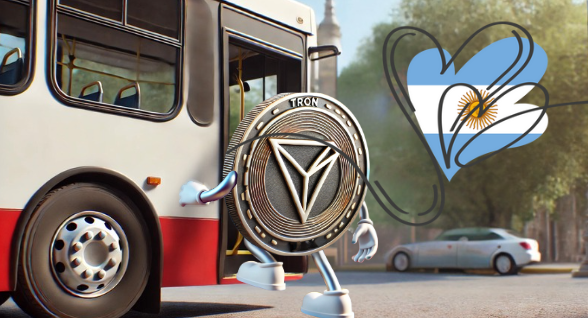TRON as a Deflationary Asset
What Does Deflation Mean in the TRON Blockchain?
A deflationary asset is one whose total supply decreases over time. This contrasts with inflation, where the supply increases, generally leading to a decrease in the value of each unit. By adopting a deflationary model, TRON aims to create an environment where the progressive scarcity of its native token, TRX, can potentially increase its value over time.
Current Trends of TRX
Recently, the supply of TRX stood at 87.3 billion and is undergoing a deflationary process with an annualized decrease rate of -2.96% from December 29, 2019, to June 13, 2024. This trend indicates that the total supply of TRX is gradually decreasing. As the amount of TRX in circulation reduces, the law of supply and demand suggests that, with constant or increasing demand, the value of TRX will significantly increase.
Deflation Mechanisms in TRON
The deflation process in TRON can be achieved through several mechanisms, such as token burning. Token burning involves sending a certain amount of TRX to an inaccessible wallet address, effectively removing them from circulation. This practice reduces the available supply and contributes to deflation.
What Benefits Does It Offer to Investors?
For investors, the deflationary nature of TRON offers several advantages:
- Potential for Value Appreciation: With a decreasing supply and potentially increasing demand, the value of each unit of TRX can increase over time, offering long-term profit opportunities.
- Protection Against Inflation: Compared to inflationary assets, where the value can be diluted due to an increase in supply, deflationary assets like TRON can act as a more robust store of value.
- Incentives to Hold: The expectation of future value appreciation of TRX can incentivize investors to hold onto their tokens rather than sell them, which in turn can reduce market volatility.
What AI Says About Price Projections for the Next 7 Years
Here is a table with projected values of TRON (TRX) from 2024 to 2030, considering only a compound annual growth rate (CAGR) of 15% and a deflation rate of 2.96% per year since 2019. The following table shows the projected supply and price of TRX until 2030:
| Year | Value (CAGR 15%) |
|---|---|
| 2024 | $0.1495 |
| 2025 | $0.1669 |
| 2026 | $0.1862 |
| 2027 | $0.2078 |
| 2028 | $0.2319 |
| 2029 | $0.2588 |
| 2030 | $0.2888 |
Final Considerations
TRON’s deflationary model represents a strategy to increase the long-term value of its native token, TRX. For investors, understanding and capitalizing on this dynamic can result in considerable benefits, as long as they stay attentive to market trends and the specific mechanisms implemented by TRON to maintain and promote deflation.
“The information in this article is for informational purposes only and does not constitute financial advice. We are not responsible for losses resulting from investment decisions based on this content.”











